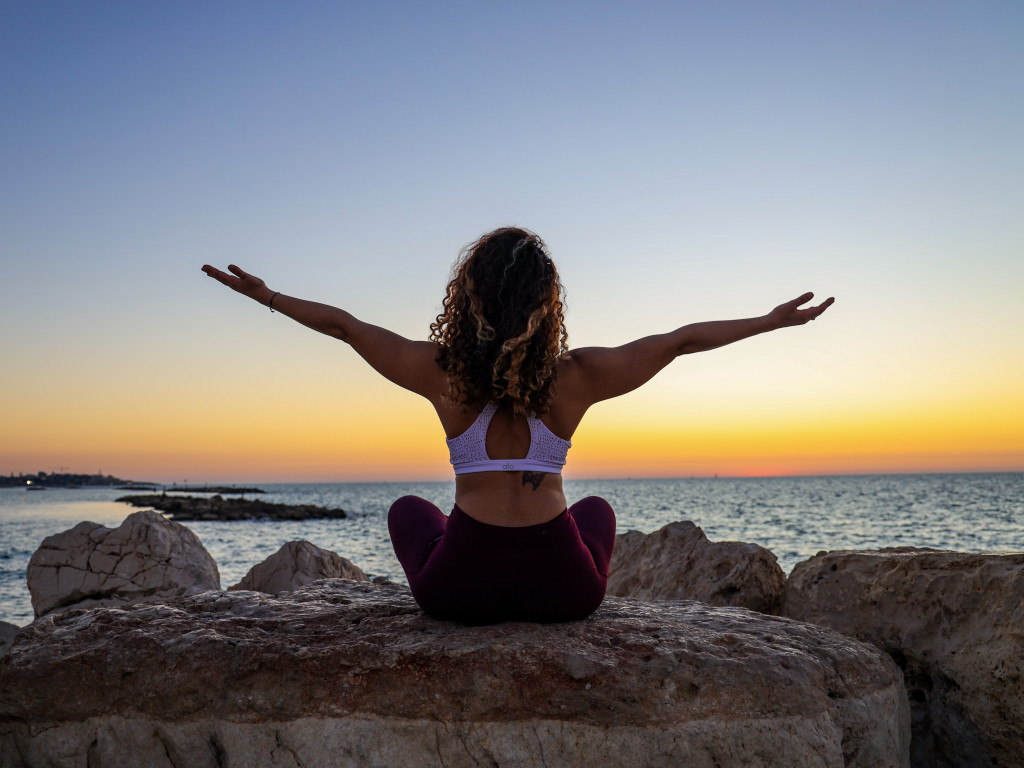An Epic Guide to Exploring Tanzania’s Wildlife Safari

Going on a safari in Tanzania is an unforgettable experience for any wildlife enthusiast. Tanzania is famous for its national parks and game reserves, offering some of Africa's best wildlife viewing opportunities.
However, planning a safari can seem intimidating, especially if it's your first time. That's why we've put together this ultimate guide to help you prepare for your Tanzanian safari adventure.
Why Choose Tanzania for a Safari?
Tanzania's unique geographical features make it a perfect choice for a safari. Within its borders lies the famed Serengeti National Park, a sanctuary that each year becomes the stage for a remarkable migration, featuring over 1.5 million wildebeest and 250,000 zebras, a spectacle renowned across the globe.
It also boasts the Ngorongoro Crater, the world's largest inactive volcanic caldera, serving as a natural enclosure for diverse wildlife. Furthermore, Tanzania is home to Africa's highest mountain, Kilimanjaro, and the exotic islands of Zanzibar.
The diversity of wildlife in Tanzania is unparalleled. The country is home to the "Big Five"—lion, leopard, rhinoceros, elephant, and buffalo, not to mention countless species of birds, reptiles, and insects. This biodiversity makes every safari drive a new and exciting experience.
The Best Times to Visit
The best time to go on safari in Tanzania depends on what you want to see. The best times for witnessing the Great Migration are from late June to September when the herds are in the Northern Serengeti. If you're an avid bird watcher, the rainy season from November to April brings a variety of migratory birds, making it an ideal period for your visit.
However, generally speaking, the dry season (June to October) is considered the best time for a safari in Tanzania. During this period, animals congregate around water sources, making them easier to spot. The weather is also pleasant, with fewer mosquitoes.
Choosing the Right Safari Package
Choosing the right safari package is crucial. Consider these factors:
Identify Your Budget: The first step is determining how much you will spend. Safari packages can range from affordable to luxury, so setting a budget early on is important.
Decide on Duration: Safaris can last anywhere from a few days to a couple of weeks. Consider how much time you have available for your trip.
Consider the Season: The best time for a safari in Tanzania depends on what you want to see. For example, if you want to witness the Great Migration, you'll need to plan your trip between July and October.
Choose Your Wildlife Interests: Different safari packages offer opportunities to see different types of wildlife. Decide what animals you're most interested in seeing before choosing your package.
Size of the Group: Some people prefer the intimacy of a small group safari, while others enjoy the social aspect of larger groups. Consider your preference when choosing a package.
Research thoroughly and choose a reputable tour operator who respects local regulations and conservation efforts.
Essential Safari Gear
Going on a safari in Tanzania or any other wildlife-rich destination is an exciting and once-in-a-lifetime experience. However, it's crucial to pack the right gear to ensure your safari is comfortable, enjoyable, and free from unnecessary challenges. Below is a detailed and engaging list of essential safari gear you must consider taking.
Clothing: Pack lightweight, breathable clothing. Neutral earth tones are best as they blend into the natural environment and keep you cool under the African sun. Consider long-sleeved shirts and pants for protection against the sun and insects.
Footwear: Your shoes are one of the most critical items on a safari. Opt for comfortable walking shoes or hiking boots that can handle rough terrains. Also, consider packing a pair of sandals for lounging around at the camp.
Hat and Sunglasses: The scorching heat of the African sun can be overwhelming. A hat with a broad brim serves as a barrier for your face and neck against the sun's rays, and sunglasses with polarized lenses offer an effective defense for your eyes, allowing you to observe wildlife without any strain.
Binoculars: A high-quality pair of binoculars is crucial for observing animals up close while maintaining a respectful distance. Choose a lightweight and robust model that offers potent magnification capabilities.
Camera and Accessories: Don't forget your camera to capture unforgettable moments. Whether you're a professional photographer or an amateur, consider carrying extra memory cards, batteries, and a protective case. Remember, dust and dirt can be a challenge in the wild!
Sunscreen and Insect Repellent: Protect your skin from harsh sun rays with a high SPF sunscreen. An insect repellent can effectively keep mosquitoes and other bugs at bay.
First Aid Kit: Include basics like band-aids, antiseptic wipes, tweezers, medical tape, and pain relievers. Also, remember any personal medications you may need.
Reusable Water Bottle: Staying hydrated is crucial. A reusable water bottle is eco-friendly and allows you to carry water during long game drives.
Flashlight or Headlamp: These can come in handy when navigating the campsite at night.
Travel Documents: Last but not least, ensure you have all your necessary travel documents, including passport, visa, travel insurance documents, and emergency contact information.
Remember, packing smart is key to enjoying your safari experience. It's all about balancing necessities while keeping your luggage light and manageable.
Navigating Tanzanian National Parks
Tanzania is a country blessed with an abundance of natural beauty, with numerous national parks and reserves showcasing its diverse wildlife and landscapes. Navigating these areas can be both thrilling and challenging.
1. Serengeti National Park
- Location: Northern Tanzania
- Best Time to Visit: June to September for the Great Migration
- Highlights: Wildebeest migration, Big Five, Hot Air Ballooning
- Tips: Early morning game drives are best for predator sightings.
2. Ngorongoro Conservation Area
- Location: Northern Tanzania, close to the Serengeti
- Best Time to Visit: June to October
- Highlights: Ngorongoro Crater, Maasai interaction, diverse wildlife
- Tips: The crater can be crowded, so plan an early descent.
3. Tarangire National Park
- Location: Northern Tanzania
- Best Time to Visit: Dry season (June to October) for animal concentration
- Highlights: Massive elephant herds, termite mounds, birdlife
- Tips: Consider staying inside the park for quick access to wildlife.
4. Selous Game Reserve
- Location: Southern Tanzania
- Best Time to Visit: June to October
- Highlights: Walking safaris, boating, wild dog sightings
- Tips: Offers a more remote and uncrowded experience.
5. Ruaha National Park
- Location: Central Tanzania
- Best Time to Visit: Dry season (May to December)
- Highlights: Large carnivore population, dramatic landscapes
- Tips: Excellent for those seeking a wild and remote experience.
6. Lake Manyara National Park
- Location: Northern Tanzania
- Best Time to Visit: July to October
- Highlights: Tree-climbing lions, flamingos, groundwater forest
- Tips: Combine with a visit to nearby parks like Tarangire or Ngorongoro.
7. Arusha National Park
- Location: Near Arusha city, Northern Tanzania
- Best Time to Visit: June to October
- Highlights: Mount Meru, Black, and White Colobus Monkeys
- Tips: Great for a day trip or for those with limited time.
8. Mikumi National Park
- Location: Southern Tanzania
- Best Time to Visit: June to October
- Highlights: Accessible safari experience, diverse animal sightings
- Tips: Considered the best introduction to Southern Tanzanian safari.
Each park has rules to ensure wildlife protection and visitor safety. Always follow your guide's instructions and respect the park regulations.
Health and Safety on Safari
Before traveling to Tanzania, consult a healthcare professional about vaccinations and malaria prevention. Also, consider purchasing comprehensive travel insurance that covers emergency evacuation.
While on safari, always follow the safety instructions provided by your guide. Never approach wild animals; always stay within your vehicle unless told otherwise.
Take the Ultimate Tanzanian Safari Adventure
A safari in Tanzania is an unforgettable adventure that offers unrivaled wildlife viewing and immersion into diverse landscapes. With careful planning and respect for wildlife and local cultures, you can have a truly enriching experience. So why wait? Start planning your Tanzanian safari today, and prepare yourself for the adventure of a lifetime!







